We all take pride in our beautiful Garden State and will fiercely defend it when anyone else tries to say it’s anything but great—looking at you, New Yorkers. But you may not know everything about our beloved state…
Bordentown author Russell Roberts wrote Rediscover the Hidden New Jersey (Rutgers University Press), an entire book of little-known factoids about our state. We picked 10 of our favorites:
1. A Jersey woman sacrificed her life to end the yellow fever epidemic.
Clara Louise Maass, an East Orange native, was a volunteer nurse in the Spanish-American War when yellow fever—one of the worst viral diseases in human history—was plaguing the United States. Once doctors suspected a certain type of mosquito was spreading the disease, they began experiments in Cuba to confirm their theory. In the summer of 1901, Clara volunteered to be a test subject; she was the only woman and the only American of 19 participants. The first five trials were inconclusive, but Clara insisted the doctors try again. On August 14 at 9 a.m., Clara was intentionally bitten by two mosquitoes suspected of carrying the disease. Ten days later on August 24, 1901, Clara died of yellow fever. Scientists were able to put their knowledge to the test, and from October 1901 to June 1902, not a single case of a yellow fever was reported—after a period of 140 years, when new cases were reported every day. Her body was moved from Havana to Newark, and buried in Fairmount Cemetery. Clara Maass sacrificed her life to save thousands and, today, the former Newark German Hospital is named the Clara Maass Medical Center in her honor.
2. American football originated in New Jersey.
There’s nothing like a good old-fashioned rivalry. During the War of 1812, Princeton lent New Brunswick a cannon for protection. In 1859, the Princeton militia company took—or stole, depending who you ask —their cannon back. The war had been over for forty years after all. The cannon eventually landed in the possession of Princeton students, and in May 1866, Princeton beat Rutgers 40-2 in a baseball game. That was when Rutgers decided, enough was enough. Steal the cannon? Fine. Destroy us in baseball? Game on. The schools blended bits of rugby and soccer to create American-style football, with two teams of 25 men. The players didn’t have any uniforms: Rutgers wore scarlet hats or turbans, while Princeton played bald.
On November 6, 1869, history’s first football game commenced in a New Brunswick field to a crowd of about 100 eager and confused spectators. Whichever team made six goals first would win. After a lot of back and forth, close calls and plenty of pileups, Rutgers won six goals to four. The two schools met again the next Saturday in Princeton for round two, but administrators banned both schools from playing after that. Too late, it seems, because word had already spread to other schools and so began the multi-billion dollar industry college football is today. Professional football games began a few decades later in 1892.
3. The first acting president of the United States was from New Jersey.
And no, we’re not talking about George Washington. Elias Boudinot was a lawyer from Princeton who became the commissary general of prisoners for the Continental Army in April 1777 at General George Washington’s request. After leaving the disheartening position in May 1778, Boudinot served as a New Jersey delegate to the Continental Congress and was continually reelected. Back then, the closest thing to a president of the nation was the president of Congress, and the States rotated this position every year. In 1782, it was New Jersey’s turn, and Boudinot was chosen to serve as that year’s president. Toward the end of his service on September 3, 1783, Great Britain signed the Treaty of Paris, formally ending the war and, for the first time, recognizing the colonies as a free and sovereign nation. Thus, Elias Boudinot of New Jersey, was the country’s first acting president. George Washington was later democratically elected to the position in 1786. After Boudinot’s term ended, he served six more years in Congress and ten years as the director of the United States Mint until he retired in 1805.
4. There’s a mythical white stag living in the Pinelands.
According to Pinelands legend, a stage coach driver was trying to reach the Quaker Bridge Hotel in Burlington County during a terrible storm in the late 1700s. He finally saw the light of the hotel when a giant white stag suddenly appeared on the road in front of him. The driver quickly pulled his team to a halt, but the stag had disappeared. He walked down the road to see if he could see spot the stag, and saw the river crossing ahead. The storm had swelled the Batsto River, and washed away the Quaker Bridge. If not for the stag, the driver and his horses would have all plunged into the Batsto’s violent rushing waters. The White Stag of Shamong lives on in legend, and white stags have been considered a good luck symbol ever since.
5. Thousands of people were convinced Martians landed in New Jersey, thanks to Orson Welles.
On October 30, 1938, Orson Welles began his now-infamous forty minute Sunday night radio program War of the Worlds. Everyone who was listening (at the beginning) knew the program was an adaptation of the sci-fi novel by H.G. Wells, but twelve minutes in, other listeners began channel surfing while the popular show of the night was on a break. New listeners thought the fictional broadcast were breaking news updates, starting with strange eyewitness reports of a Martian invasion in the rural Mercer County town of Grover’s Mill. Thousands panicked as Jersey’s cities fell prey to the vicious aliens: Princeton, Trenton, Bayonne, the Pulaski Skyway, Newark; all destroyed. Soon, hysterical parents were calling their children studying at Princeton University. The sole man on duty at the Princeton police headquarters was overwhelmed with terrified phone calls, as was the state police headquarters in Trenton. Two Manhattan families frantically rushed into the Maplewood police station to ask how they were supposed to get home now that the Pulaski Skyway had been destroyed. A block of Newark was overrun with over twenty families with wet handkerchiefs and towels over their faces to try to escape the Martians’ poison gas. The panic continued throughout the state until the early hours of Monday morning. Years later, Welles admitted he wanted to teach people to question the news on the radio, instead of blindly taking the news as fact, which was a timely lesson on the eve of the propaganda-fueled second World War.
6. Drive-in movies were invented in New Jersey.
Drive-in movies are now an idea of retro fun, but in the 1930s, they were breand-spanking new technology. Richard M. Hollingshead Jr. invented the drive-in theater after testing the idea out in his own Riverton driveway. He set up a projector on the hood of his car, nailed a movie screen onto a tree and used a radio for sound. Sometimes he even set the sprinkler up to simulate rain. Hollingshead began plans for a large scale theater where the seats were in your own car. On June 6, 1933, the world’s first “Automobile Movie Theater” opened on Crescent Boulevard in Pennsauken Township. Unfortunately, although the initial opening was a great success, interest quickly died off until suburb populations boomed in the 1950s. Today, New Jersey only has one drive-in remaining: the Delsea Drive-In in Vineland.
7. One of the most bizarre boating tragedies occurred off the Jersey Shore.
The SS Morro Castle cruise ship incident is one of the stranger things to happen off the coast of New Jersey, leaving many questions about what truly happened. On September 7, 1934, Captain Robert Willmott was acting strange and jumpy, suspicious that someone was trying to kill him. After skipping dinner, he was found slumped over his bathtub, dead. The ship’s doctor claimed it was a heart attack from acute indigestion, but no one really knows for sure. Because of the captain’s death, every crew member moved up a position in rank. When a mysterious fire broke out in a storage closet around 3 a.m., everyone wasted precious time trying to figure out who was in charge of what. The fire spread throughout the ship: lifeboats burned, people were panicking and the crew began abandoning the ship, taking the remaining lifeboats. Public and private boats went out to try to save any survivors, but were not able to find many. The final death toll was 86 passengers and 49 crewman. The burning carcass of the ship finally came to a halt in the shallow waters right by the Convention Hall in Asbury Park, where it stayed for several months. More than one hundred thousand people came to town to see the eerie, burned hull resting amidst the sounds of amusement coming from nearby tourist attractions.
8. The Baby Ruth candy bar was named for a Jersey native.
You probably know Grover Cleveland is the only U.S. president born in New Jersey. But did you know that his daughter, Ruth, was the namesake for the Baby Ruth candy bar? The little girl was so beloved by the nation during her father’s second term that the sweet treat was named after her. Unfortunately, she died at age thirteen from diphtheria and is buried next to her father in Princeton Cemetery.
9. You know the Jersey Devil. But what about the Parkway Phantom?
As if the Garden State Parkway isn’t bad enough at times, let’s add the Parkway Phantom of Exit 82 (near Toms River). According to various accounts, on especially foggy nights, a very tall person runs onto the roadway, desperately trying to flag down passing vehicles. When the drivers slow down, the mystery person disappears. Apparently this stretch of the Parkway has been the scene of an unusual amount of accidents. Perhaps the cause of this strange phantom—or the other way around?
10. While Fort Lee is known today as the scene of Governor Christie’s “traffic study” controversy, its real claim to fame is the birth of America’s film industry.
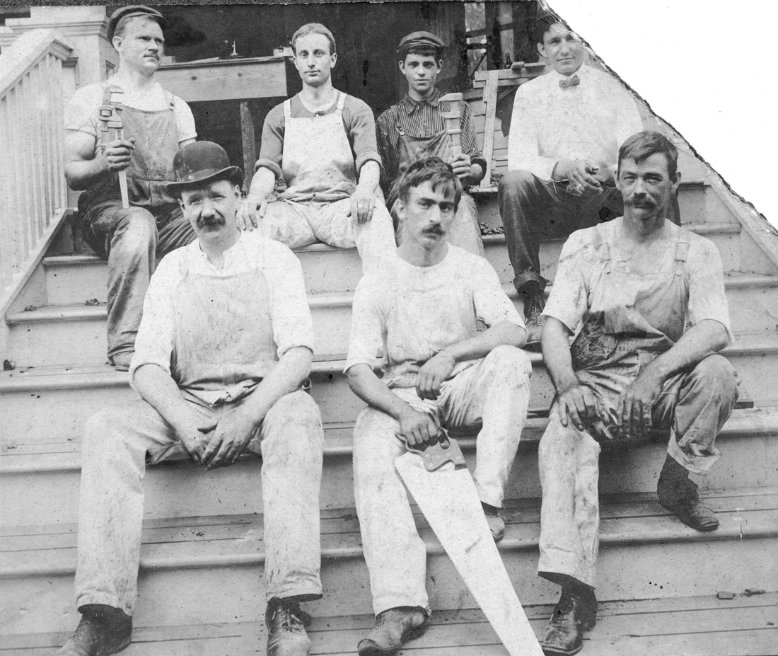
A 1908 crew of film set builders and carpenters for Universal Studios in Fort Lee, New Jersey. Photo courtesy of Doc Searls / Flickr Creative Commons
Before California took over the movie scene, Fort Lee was the place to shoot. The tiny little town was a filmmakers’ dream: cheap real estate just across the river from expensive New York City, with rural settings and facilities such as restaurants and hotels. It had Coytesville; a perfect set for Westerns. Popular terms used today were born here, like “cliffhanger,” from a scene where silent film star, Pearl White, hung off the Palisades cliffs over the Hudson. William Fox, of 20th Century Fox, got his start in Fort Lee. Celebrities like Harry Houdini and Babe Ruth came to shoot films here. According to Russell Roberts, Fort Lee was like “some bizarre Disneyland,” where a walk down the street could bring you face to face with all sorts of characters. The combination of Jersey weather, hounding from the Motion Picture Patents Company (who wanted to control the entire motion picture industry) and World War I government rationing of coal, forced filmmakers out of New Jersey and to the sunnier skies of California.
Imagine how all those lane closures would’ve impacted Old Hollywood!
Got a favorite fun fact that we missed? Share in the comments!




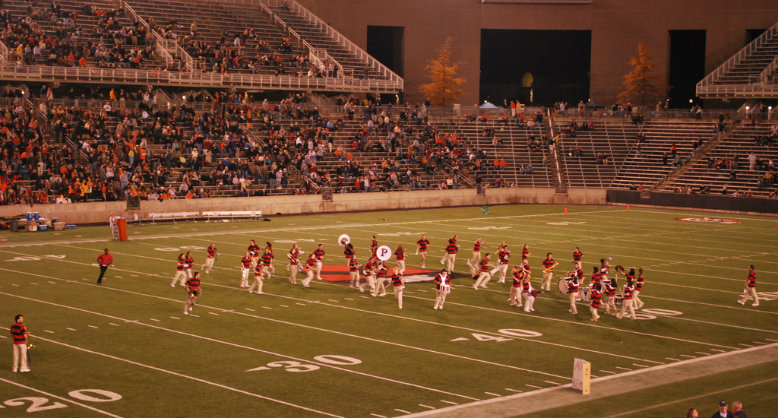
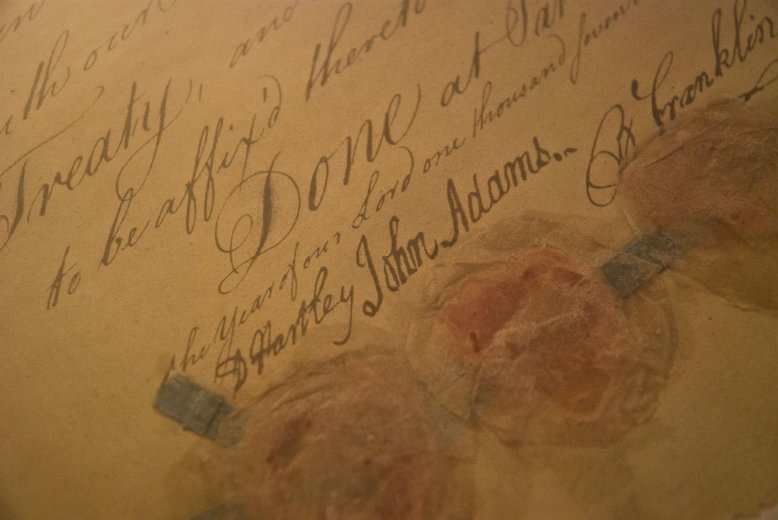
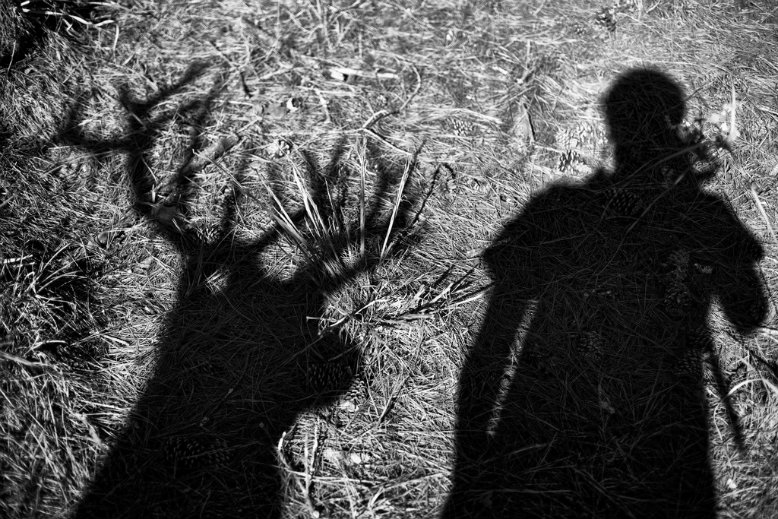
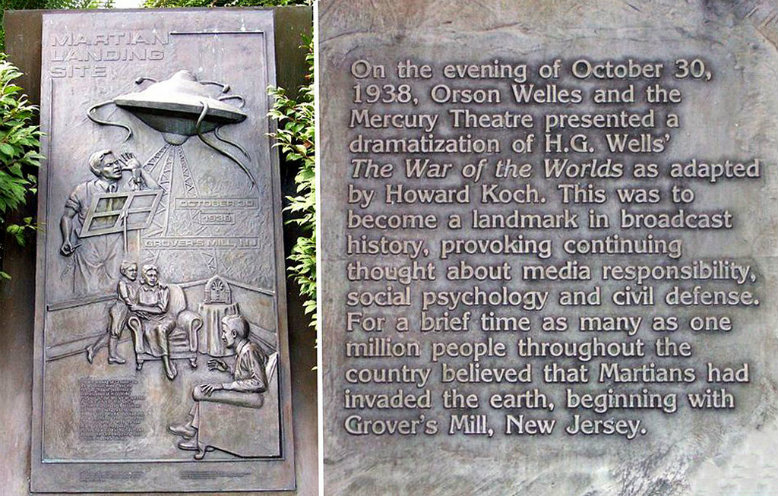


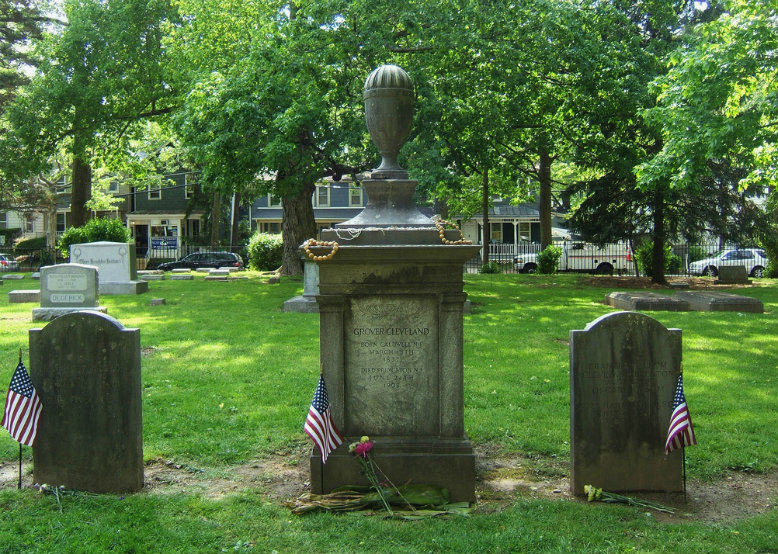
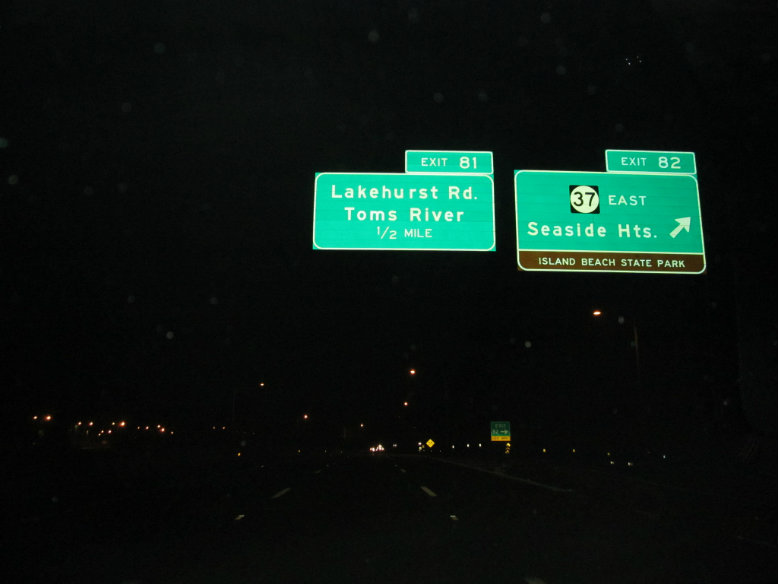
Interesting. Did not know a few of these. Thanks for sharing!